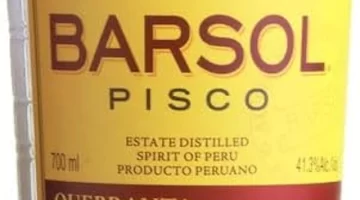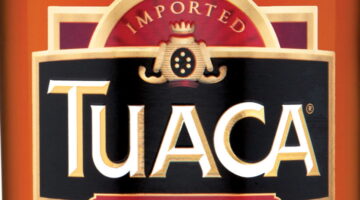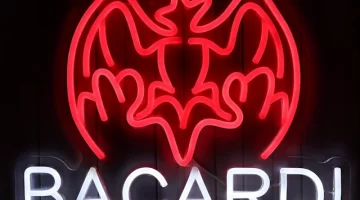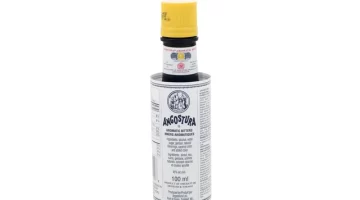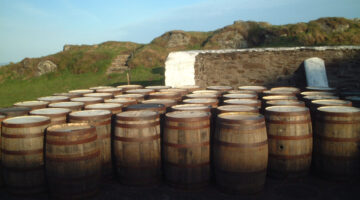What is Jägermeister?
Travel Distilled explains what Jägermeister is, the history of the German liqueur, how it’s made, how to drink it and its use in cocktails and cooking.
Jägermeister is a globally celebrated liqueur, hailing from Germany. Known for its unique blend of flavors, captivating aroma, and striking emblem of the glowing stag, this darkly-hued, herbal drink has seeped deep into bar scenes worldwide.
What is Jägermeister’s History?
Invented in 1934, Jägermeister’s heritage stretches back to a gentleman named Curt Mast. Born into a vinegar factory-owning family, Mast developed an interest in creating spirits, leading to the formulation of Jägermeister. He was an ardent hunter and hence christened the spirit as ‘Jägermeister’ – which translates into ‘Master Hunter’.
The Jägermeister’s distinct logo featuring a stag with a glowing cross is deeply interwoven into its history. According to legends, the wild patron saint of hunters, Saint Hubertus, witnessed a glorious stag carrying a radiant cross between its antlers during a hunting excursion. This ethereal sight prompted him to pursue a life of piety. Hence, the iconic emblem stands as a testament to this legend and reflects Curt Mast’s hunting passion.
How is Jägermeister Made?
Jägermeister owes its complex flavor profile to 56 different botanicals ranging from herbs, roots, and fruits to spices. Although the exact recipe remains a guarded secret, it is known that these botanicals undergo a mashing process and steep in water and alcohol for several days. This creates an infusion which is stored in oak barrels for a year to mature and develop its nuanced flavors. After a year, the mixture is strained, mixed with liquid sugar, caramel, alcohol, and water, to finally give you the Jägermeister we know and relish.
Where is Jägermeister Made?
The creation of every drop of Jägermeister unfolds in the small German town of Wolfenbüttel. It’s here that the secret recipe of 56 botanicals is executed with precision and utmost care.
What is Jägermeister’s Cultural Significance?
A signature presence at social gatherings, parties, and even traditional festivals in Germany, Jägermeister transcends the confines of an ordinary liqueur. Whether it’s a rousing night at the bar or an evening of friendly conversations, Jägermeister fits the bill.
Known for its complex flavor and potent punch, it’s no wonder this German liqueur has cemented its spot in popular culture, featuring in various songs and movies.

When and How to Drink Jägermeister
Jägermeister is highly versatile in its consumption. It is commonly savored as a digestif, aiding digestion after a heavy meal. Conventionally, it is enjoyed cold, served in a shot glass, known as a Jagerbomb when dropped into a glass of Red Bull.
However, don’t let traditions limit you. You can have Jägermeister on the rocks, or mix it into an exciting cocktail for a pleasant surprise.
What is Jägermeister’s Alcoholic Strength?
Jägermeister is traditionally made to an alcoholic strength of 35% ABV, or 70 proof. While it has the reputation of being an alcoholically powerful drink, you can see that it’s a little less strong than most spirits, which are typically 40% ABV (80 proof).
Jägermeister in Cocktails and Cooking
Jägermeister lends itself to creative concoctions due to its depth of flavor. Mix it with ginger beer and lime juice for a refreshing ‘Jägermeister Mule’. For a warm ‘Jäger Hot Chocolate’, add it to hot chocolate and garnish with whipped cream.

In cooking, Jägermeister acts as an excellent flavor enhancer. It pairs wonderfully with strong meats like venison or boar and even desserts like chocolate cake.
So there you have it! From a historic past to a significant cultural icon, Jägermeister stands as a robust spirit with its roots embedded in rich tradition, proving its relevance and popularity time and again.





